It’s a question every Shaker athlete asks: Why did they hire this guy as our coach?
Years ago, high school athletic coaches were almost always teachers who worked in the buildings where their athletes attended school, and newly hired teachers were often encouraged to take on coaching duties.
In recent years, however, more coaches are being hired from outside the ranks of teachers. This trend is evident at Shaker, where just 31.8 percent of athletic coaches are also teachers. Of Shaker’s 66 athletic coaches, 21 are teachers.
Athletic Director Don Readance said that when a coaching position opens, Shaker first posts the position within the district and then advertises in The Plain Dealer to attract outside candidates. Readance said that hiring teacher-coaches from the district is best. “Ideally, we’d like to hire from within,” he said. “It’s always a better situation if we have a teacher from within the building, and secondary the district.”
However, Readance said if all else fails, they look elsewhere. District candidates are not always qualified.
Readance said Shaker coaching hires must be fingerprinted for a background check, obtain a pupil activity license through taking an approved Ohio Department of Education class, get a tuberculosis test, have CPR certification, and take an online fundamentals of coaching course. All of these, except the TB test, are state requirements.
At Solon, Athletic Director Mark McGuire described a similar process. He said Solon first looks internally for candidates and then advertises outside the district. According to McGuire, however, approximately 75 to 80 percent of Solon’s coaches also teach in the district.
Retired science teacher Rod MacLeod continues to coach the boys’ cross country team and sees value in teacher-coaches. “Shaker always prefers to hire from within the district,” he said, adding that coaches who teach can better understand that students have priorities and must make compromises.
Dave Englander, girls’ cross country coach and fifth-grade teacher at Woodbury Elementary School, agreed. He said he thinks it’s helpful if coaches teach, but not absolutely essential. “If a coach is not around kids outside of sports, they lose touch with the lives of kids,” said Englander, who explained that because students have other priorities, coaches need the perspective of a teacher. He said coaches must understand that kids have academic, financial and family issues, rather than just having tunnel vision as a coach.
“It’s a nice perk to have [Englander] as a teacher because he has the same schedule as us,” said senior cross country runner Erin Cullen.
Readance said although it’s a benefit, it’s not always possible for teachers to coach because of their teaching workload.
Coaching hours range from more than 400 hours for a minor sport, to more than 600 hours for a major sport, according to several Shaker coaches who estimated their coaching hours for this story. Adding those hours to the time teachers spend at school and completing school work at home leaves little time for anything else.
However, “It doesn’t take a teacher to know that students have other responsibilities,” head football coach Jarvis Gibson said.
Gibson is not a teacher but has had success in all his coaching positions. With Shaker, Gibson turned the football team around, going from a 2-8 record in his first season to 8-2 this year. At Cleveland South, where Gibson coached for five years, he compiled a 30-14 record.
Golf coach and physical education teacher John Schwartz said the proximity of a teacher-coach to student athletes is important. “I think you have to be around the kids you’re coaching on a daily basis,” Schwartz said.
“For certain jobs, ones that are high profile, they’re much more likely to seek only a coach, and for other sports, they find whomever they can or see how they fill in,” Englander said,
What type of coach is hired depends on the situation, Readance said, and he enlists many people, including Assistant Athletic Director Stu Gilbert and Principal Michael Griffith, to help him find the right person to hire. He stressed the importance of finding the best fit for student athletes.
Early in his career, Shaker would never hire someone just to coach, Schwartz said, and every coach was a teacher in their respective school. Schwartz was hired in 1980 as a physical education teacher who could coach.
However, Schwartz said today Shaker can’t get teachers to coach from within the school because of the time demands and minimal pay, along with the ever-increasing demands of teaching. “Shaker doesn’t pay its coaches very well,” he said. “You do it because you love it.”
A version of this story appeared in print on 20 February 2013, on page 14 of The Shakerite

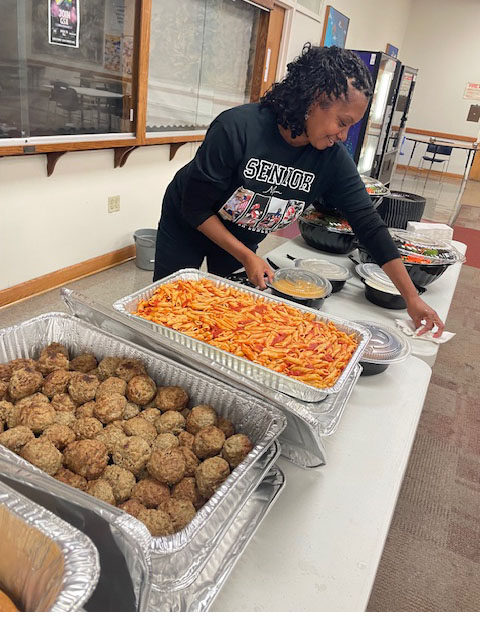
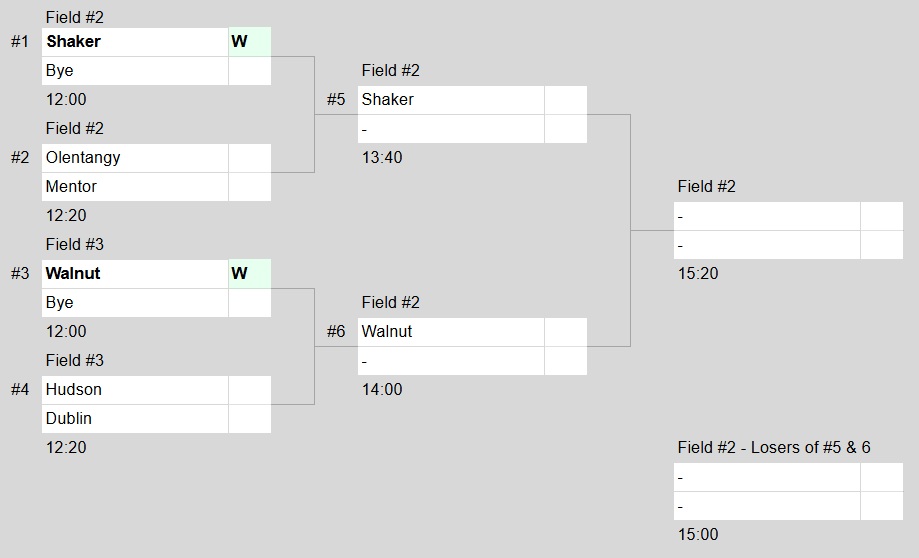
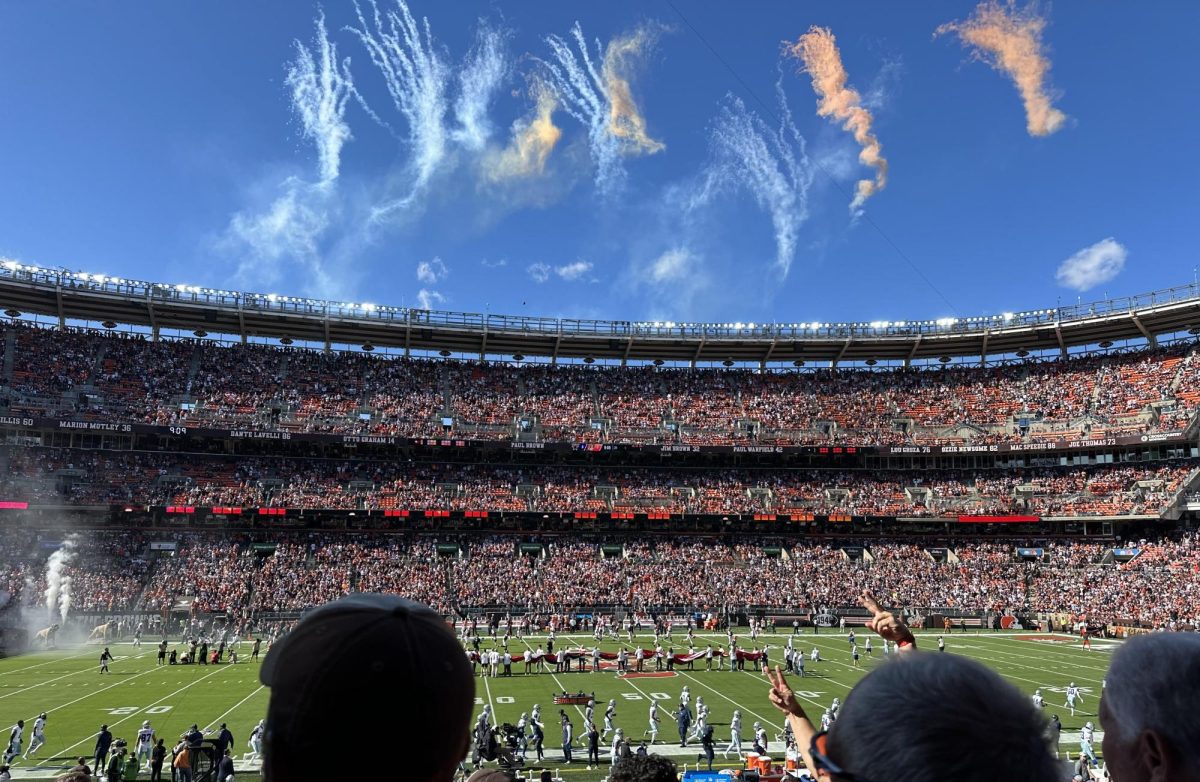

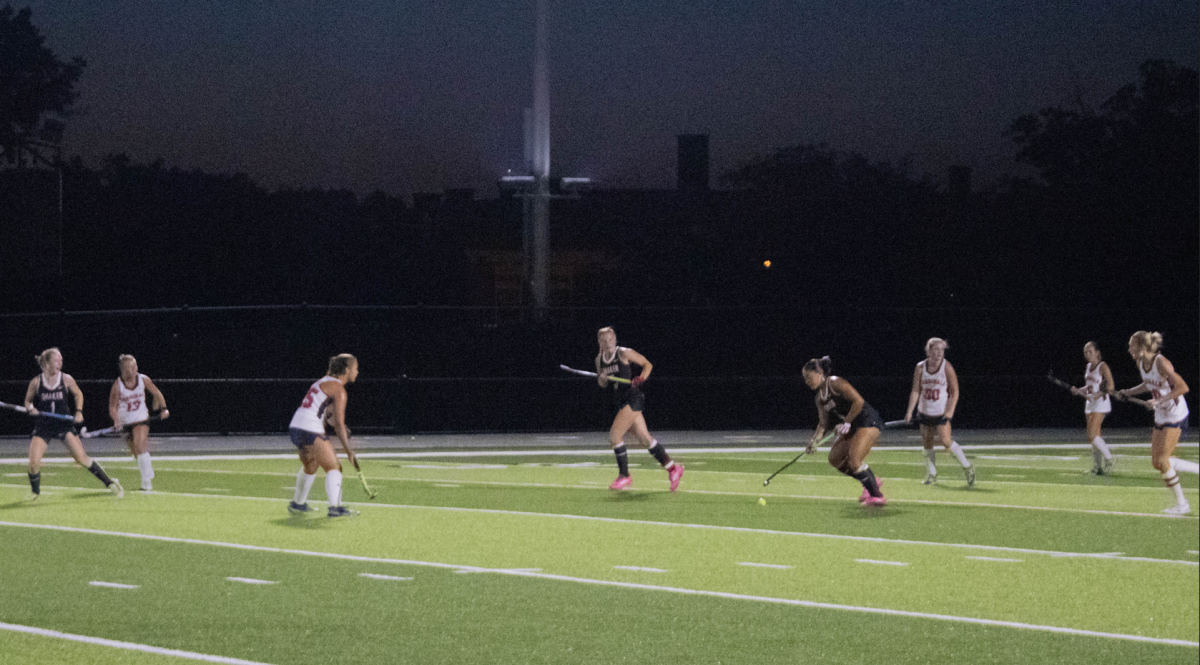
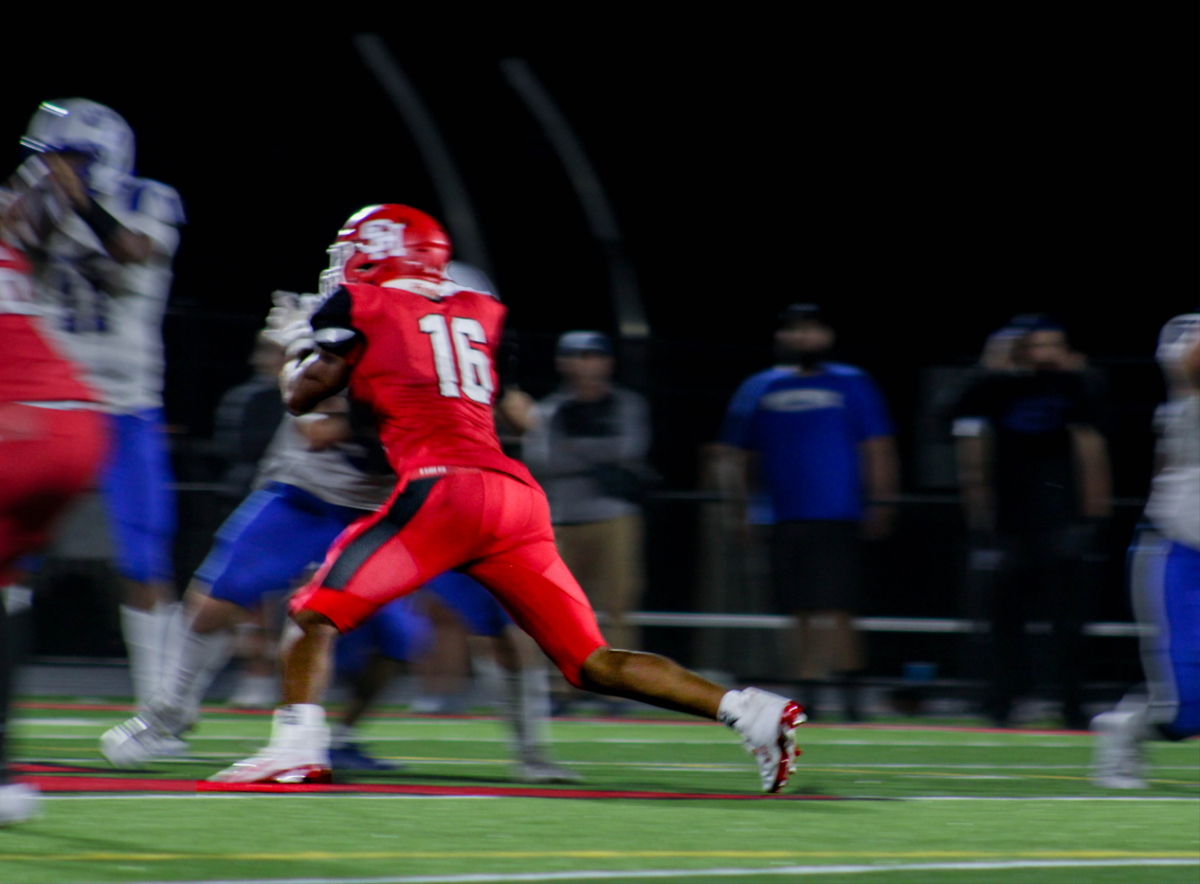
Kyle | Sep 6, 2023 at 12:15 pm
This is Awesome